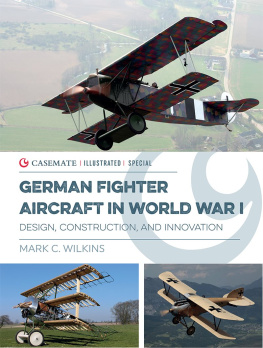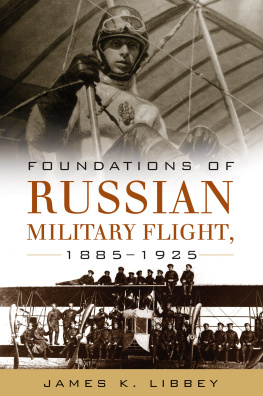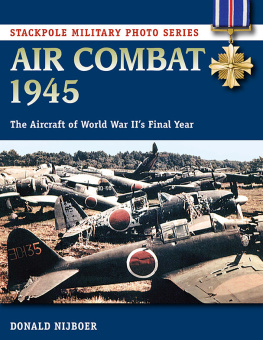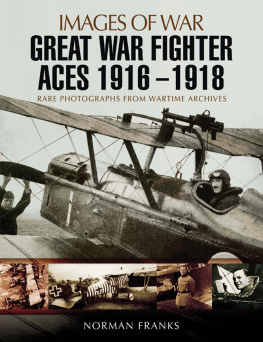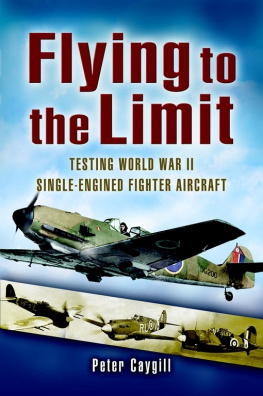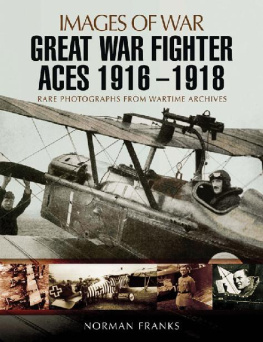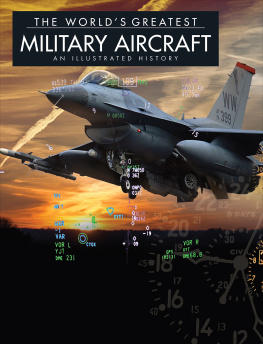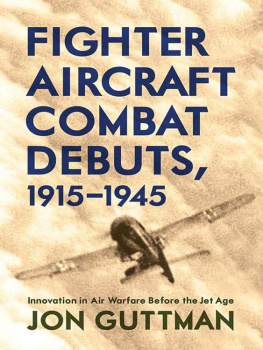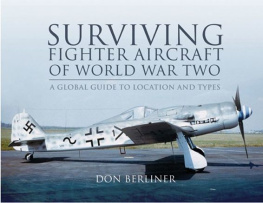German Fighter Aircraft in World War I

GERMAN FIGHTER AIRCRAFT IN WORLD WAR I
DESIGN, CONSTRUCTION, AND INNOVATION
GERMAN FIGHTER AIRCRAFT IN WORLD WAR I
DESIGN, CONSTRUCTION, AND INNOVATION
MARK C. WILKINS
Acknowledgements
I would like to express my sincerest thanks to Fokker Team Schorndorf, and Achim Engels, for all his help regarding the design, construction, and development of the Fokker aircraft. In addition, I would also like to thank Kolomon Mayrhofer of Craftlab for all of his fine help regarding design and construction of the Albatros aircraft. Greg VanWyngarden was a tireless source of images and information for several different types of aircraftmany thanks Greg. Michael ONeal, president of the League of WWI Aviation Historians, was also helpful in his insights into various manufacturers and historical information concerning some of the individuals described herein. Many thanks too to the staff of the National Archives and Records Administration at College Park, MD, for all their help locating images. Finally, I would like to dedicate this book to Mozart.
Published in the United States of America and Great Britain in 2019 by
CASEMATE PUBLISHERS
1950 Lawrence Road, Havertown, PA 19083, USA
and
The Old Music Hall, 106108 Cowley Road, Oxford OX4 1JE, UK
Copyright 2019 Mark C. Wilkins
Hardback Edition: ISBN 978-1-61200-6192
Digital Edition: ISBN 978-1-61200-6208
Kindle Edition: ISBN 978-1-61200-6208
A CIP record for this book is available from the British Library
All rights reserved. No part of this book may be reproduced or transmitted in any form or by any means, electronic or mechanical including photocopying, recording or by any information storage and retrieval system, without permission from the publisher in writing.
For a complete list of Casemate titles, please contact:
CASEMATE PUBLISHERS (US)
Telephone (610) 853-9131
Fax (610) 853-9146
Email:
www.casematepublishers.com
CASEMATE PUBLISHERS (UK)
Telephone (01865) 241249
Email:
www.casematepublishers.co.uk
All black and white drawings are from Flight magazine unless otherwise noted.
Facing Title Page: Fantastic flying shot of the Craftlab Oeffag Albatros D.III. (Craftlab)
Title Page: The SS D.III had an impressive rate of climb due to its powerful Sh.III engine, had a semi-monocoque fuselage, thin airfoil wings with interplane struts that supported two spars in the lower wings (like Pfalz), balanced control surfaces including ailerons on bottom and top wings, a nicely cowled engine, spinner, and a four-bladed propeller.
Contents Page: An Albatros factory worker working on smoothing the lightening holes of a D.V or D.Va former using a sanding board. It is clamped in a bench vise; there are other sanding boards lying on the bench.

The Rumpler factory: pictured are numerous Rumpler Taubes.
Glossary
a town located in the borough Treptow-Kpenick of Berlin, Germany. Aircraft, engines, and armaments were tested here for potential contract awards, and to decide on efficacy of a given type.
military airfield comprised of hangars, maintenance facilities, mess, and billets.
control surfaces on wings used to induce roll in an aircraft.
usually expressed in positive and negative degrees relative to 0 degrees which indicates a horizontal line running through the LE and TE parallel to the thrust line of the fuselage.
Struts that attach the upper wing to the fuselage forward of the cockpit.
a lozenge-shaped metal fitting that has a pin set off-center, such that when rotated it will apply pressure to whatever it abuts.
a structure that can project from a given attachment point and requires no external bracing such is its strength.
a wing structure comprised of an upper and lower wing i.e. a biplane.
Prussian military theorist whose tract On War was read, endorsed, and practiced by all leadership during World War I.
a method of planking boats where the planks overlapped each other like clapboards on a house.
biplane.
three-winged aircraft or triplane.
control surface used to control pitch on an aircraft. Elevators join the aft edge of the horizontal stabilizer.
refers to the entire tail assembly; horizontal stabilizer, elevators, rudder and fin. Also referred to as tail feathers much like a bird.
monoplane or one wing.
in referencing a curve it should have no humps or hollows but be a continuous and fair curve.
Aircraft plant or factory.
a rudder that has no fin and is hinged such that the entire structure moves. Nieuports, Fokker D series and Dr.1, and Halberstadt D.IIs all had full flying rudders.
body of the airplane.
tapered shapes that allow a compound curve to be rendered from material that will not easily conform to curves.
this is produced by the aggregate weight and mass of a spinning rotary engine. It would cause the airplane to move quickly in one direction while making it difficult to turn in the other direction; this could be used to advantage in combat.
Inspektion der Fliegertruppen, or Inspectorate of Flying Troops, was the German Empire bureau that oversaw the development of the military aviation industry prior to and including World War I.
struts that connect the upper and lower wings near the tips.
short for Jagdstaffel ; was a fighter Staffel (squadron) of the German Imperial Luftstreitkrfte during World War I.
these were holes of irregular shape that were cut out of bulkheads, formers, ribs, etc. to lighten the weight of said object without sacrificing strength. Obviously placement and size of these apertures was crucial.
usually made from spruce or ash, these were long and resilient stringers that ran fore and aft in the fuselage and usually defined the bottom, sides, and turtle deck portions of a given fuselage.
An airship built between 1909 and 1919 by the Luft-Fahrzeug-Gesellschaft (LFG) following the design of August von Parseval. There were 22 of these built in this time period.
Royal Flying Corps; at the wars conclusion this had been replaced by the Royal Air Force.
similar to the full flying rudder, this is a combination of horizontal stabilizer and elevator in one; the entire plane moves and was typically fairly sensitive. These were used in Eindeckers, and Halberstadt D.IIs.
an airfoil that has the same curve on the top and bottom of the wing rib from profile view.
a type of in-wing, airfoil-shaped radiator that could be dropped into an aperture of an upper wing.

